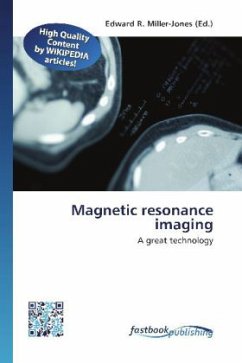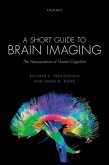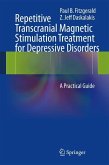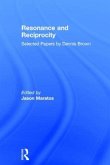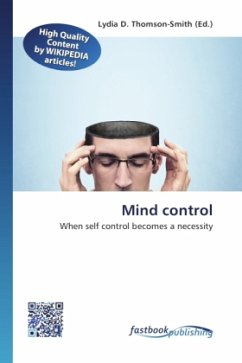Please note that the content of this book primarily consists of articles available from Wikipedia or other free sources online. Scientific researchers have advanced that they can detect the magnetic resonance of organic molecules in the same way an MRI produces images of a tissue or an organ. In fact, the researchers were scrutinizing a tiny defect called a nitrogen vacancy inside a diamond. Magnetic-resonance-imaging technology has been shrunk to the nanoscale by two independent teams of researchers, so that molecular samples just a few cubic nanometres in volume can now be detected and imaged at room temperature. Basically, reports have demonstrated that both groups have used nitrogen-vacancy defects in diamonds as magnetic-field sensors to probe such minute samples. Scientific analysts have stated that the new research could be the first step towards complete 3D molecular-scale magnetic resonance imaging and nuclear magnetic resonance. Nuclear magnetic resonance and its close cousin magnetic resonance imaging give information about a sample s structure by detecting the weak magnetic forces in certain atomic nuclei...
Bitte wählen Sie Ihr Anliegen aus.
Rechnungen
Retourenschein anfordern
Bestellstatus
Storno

